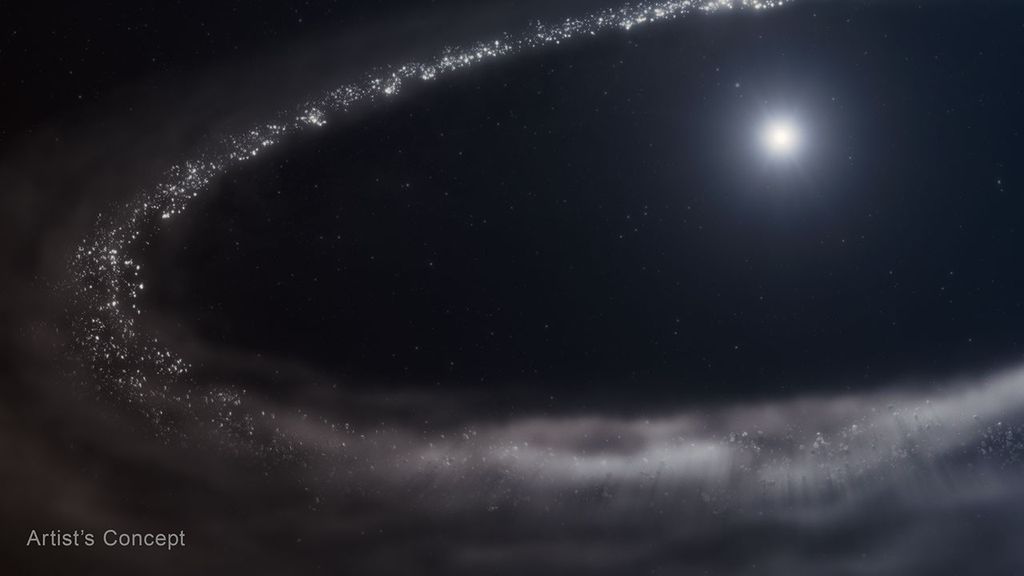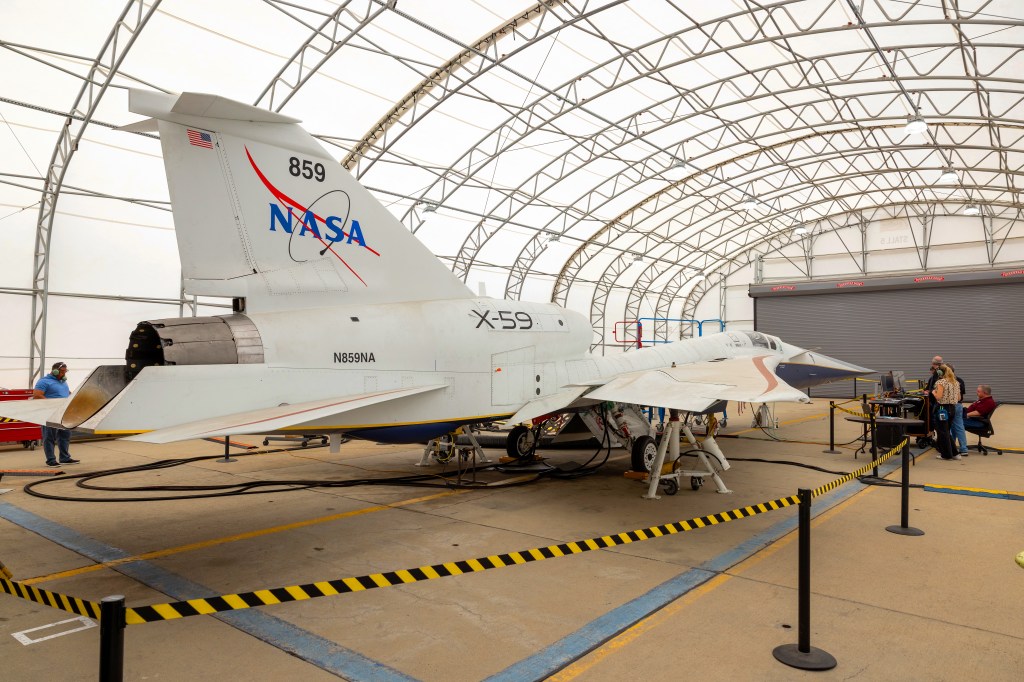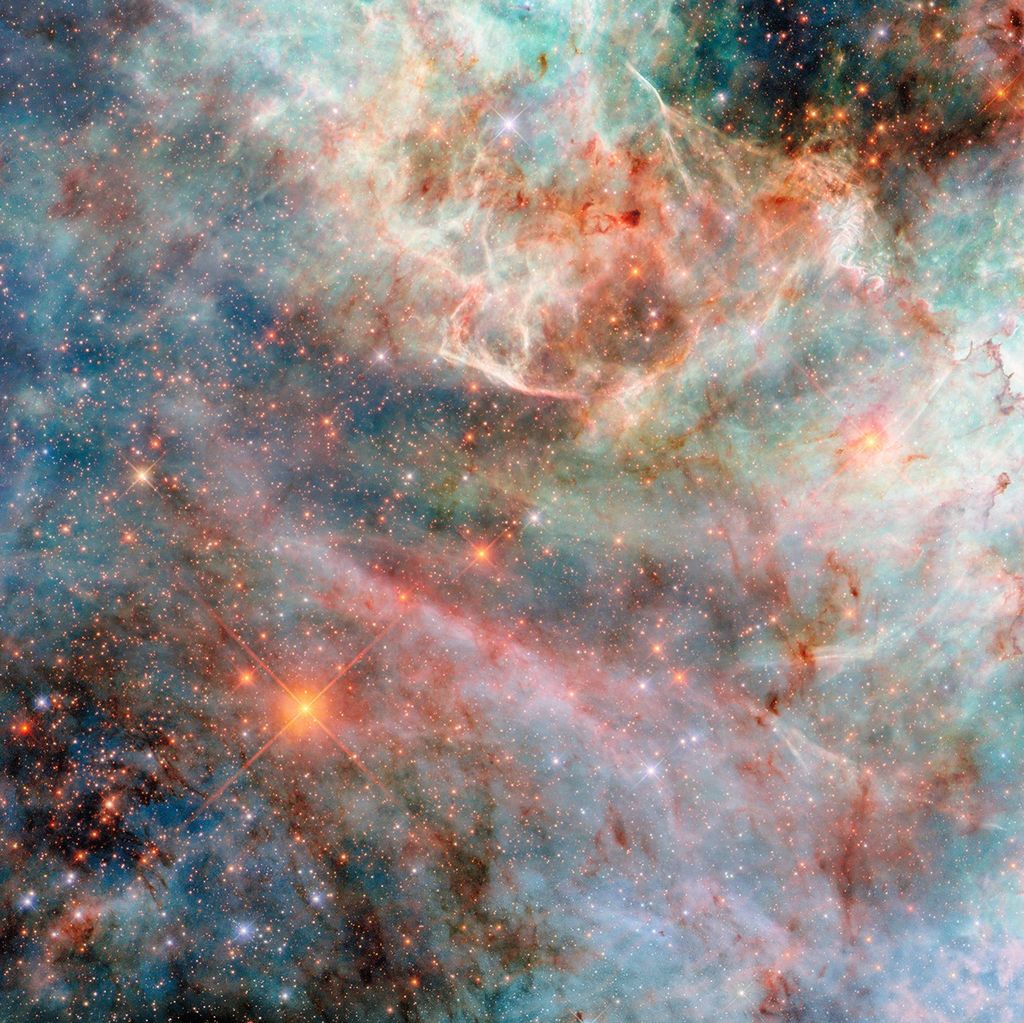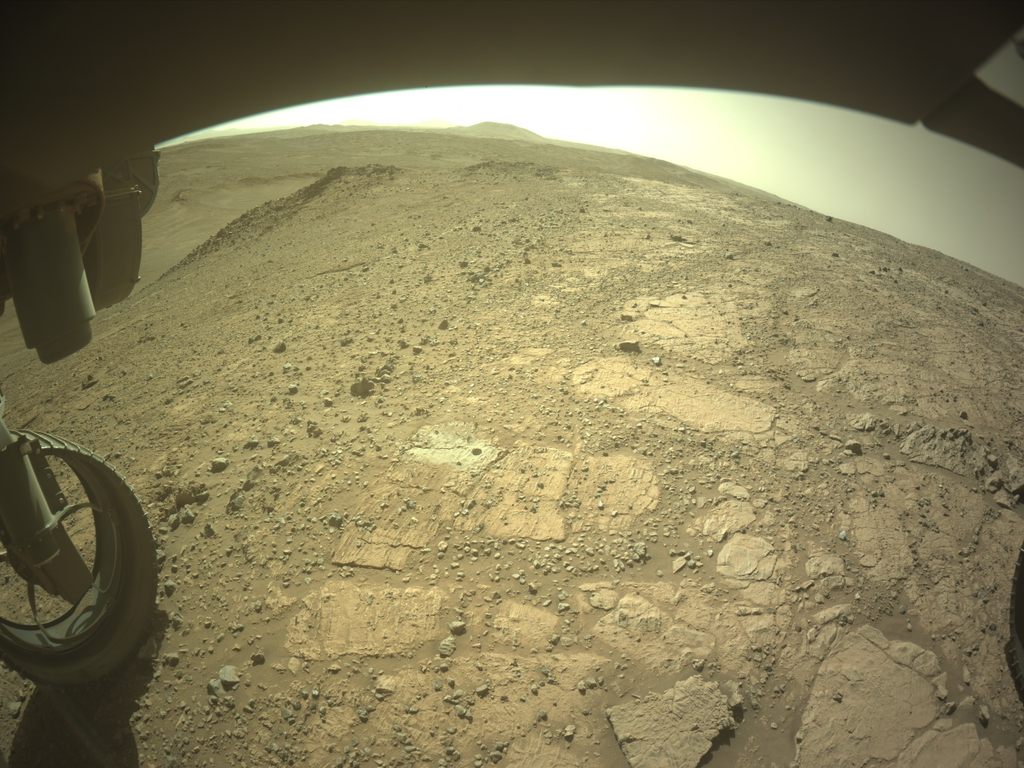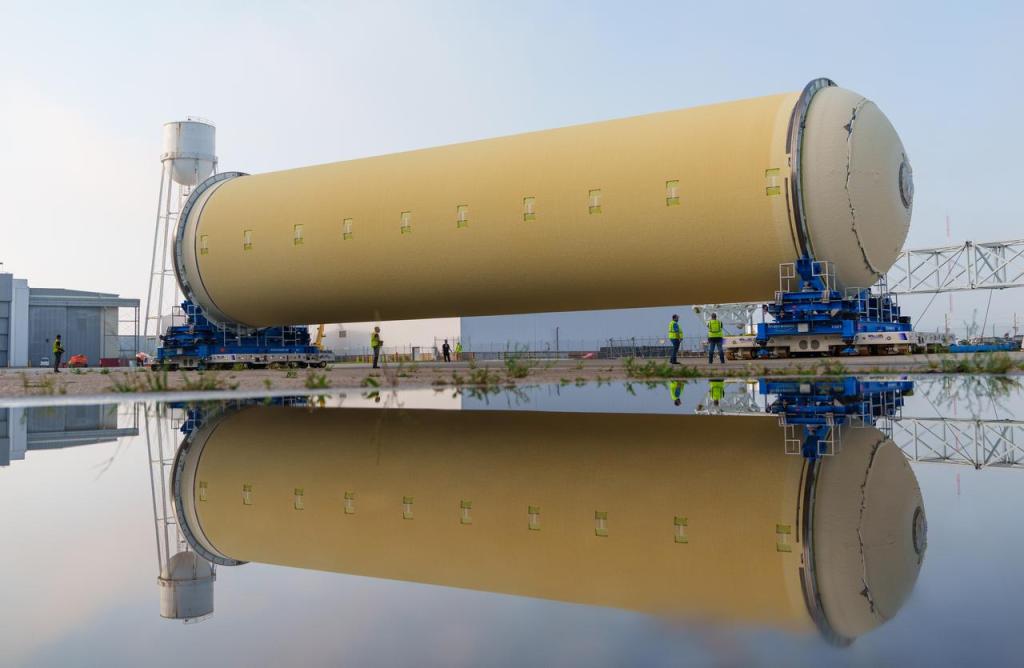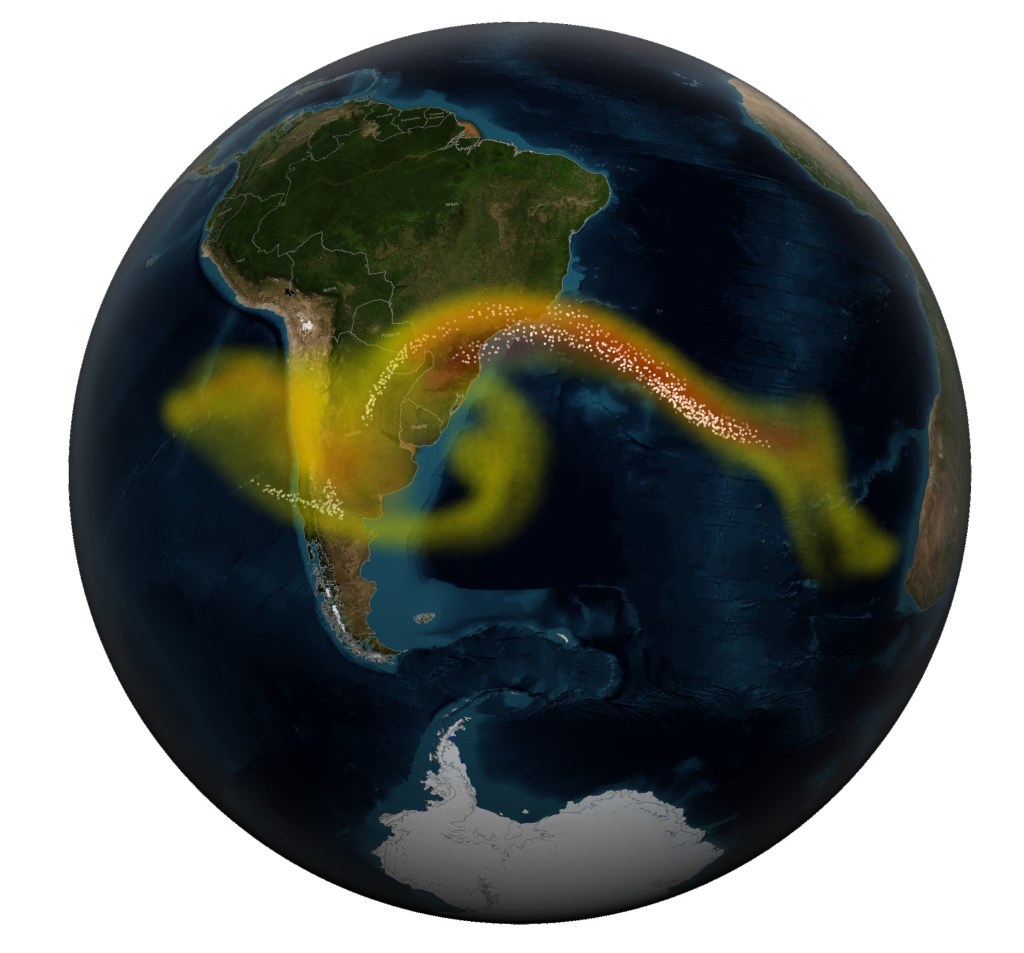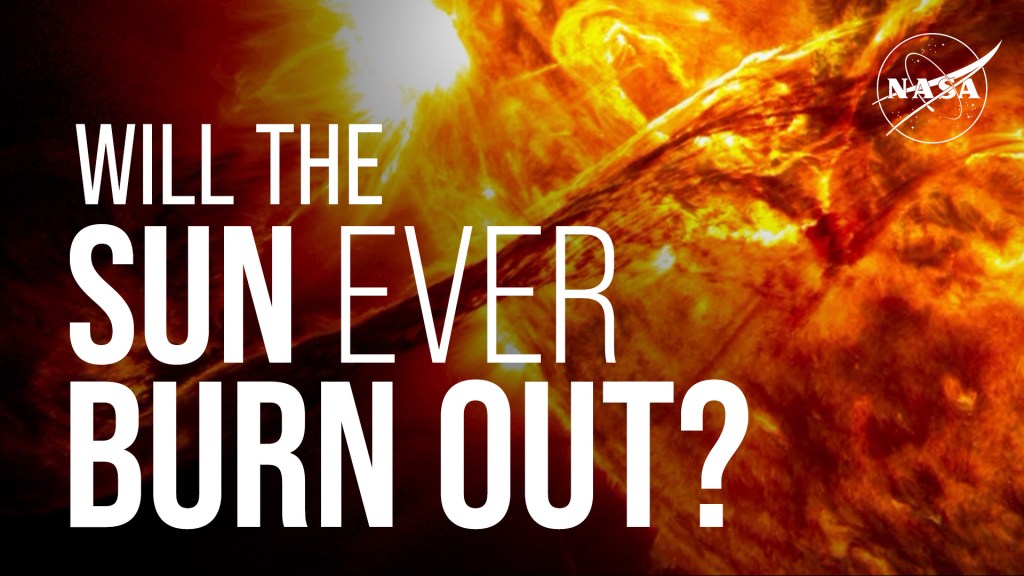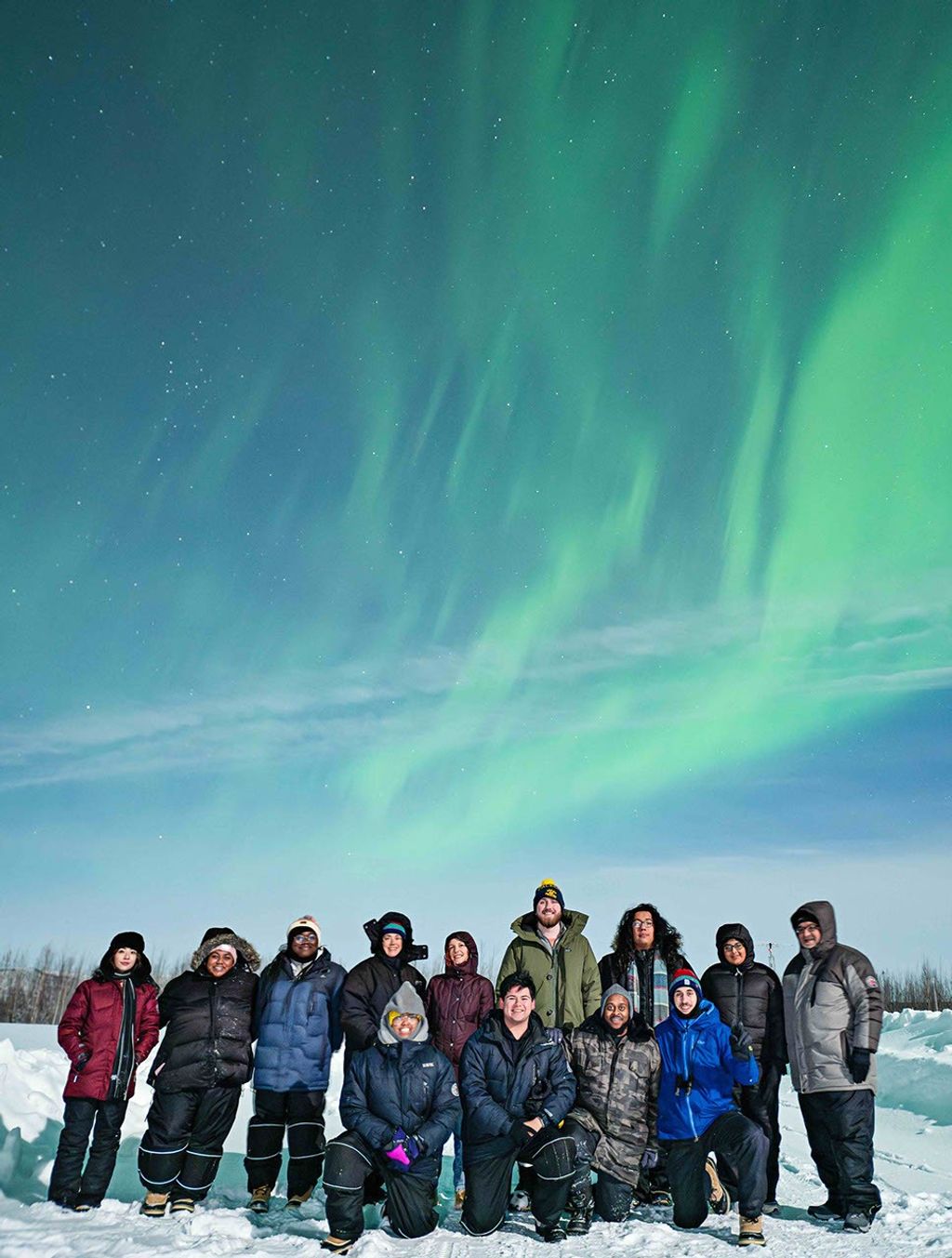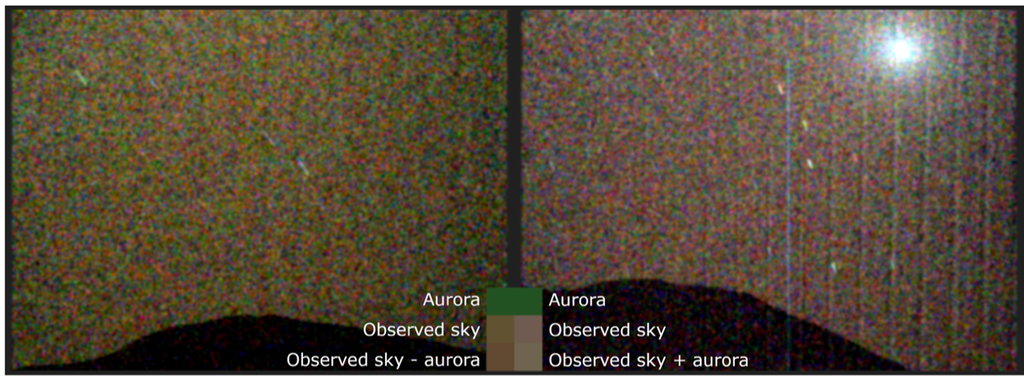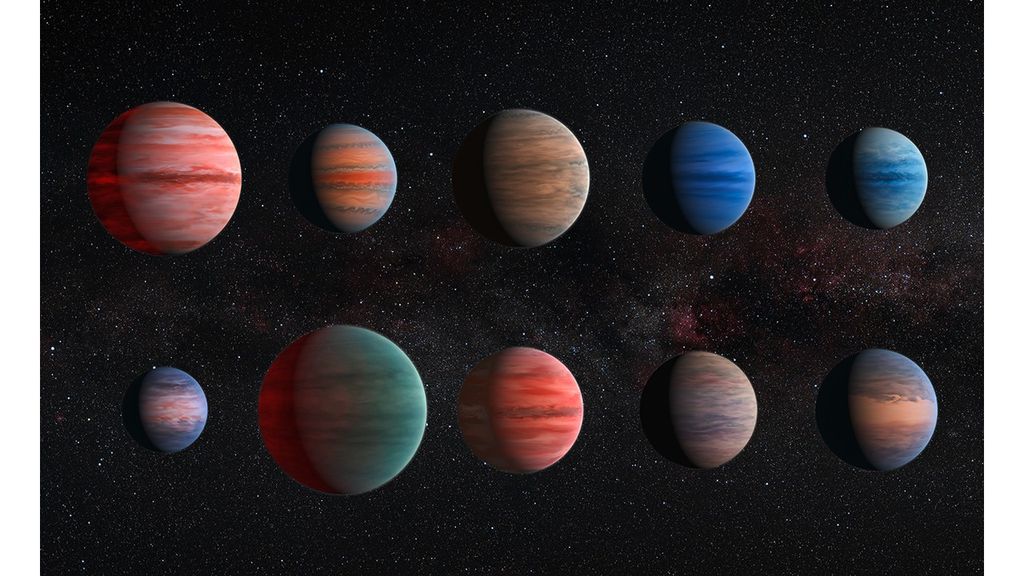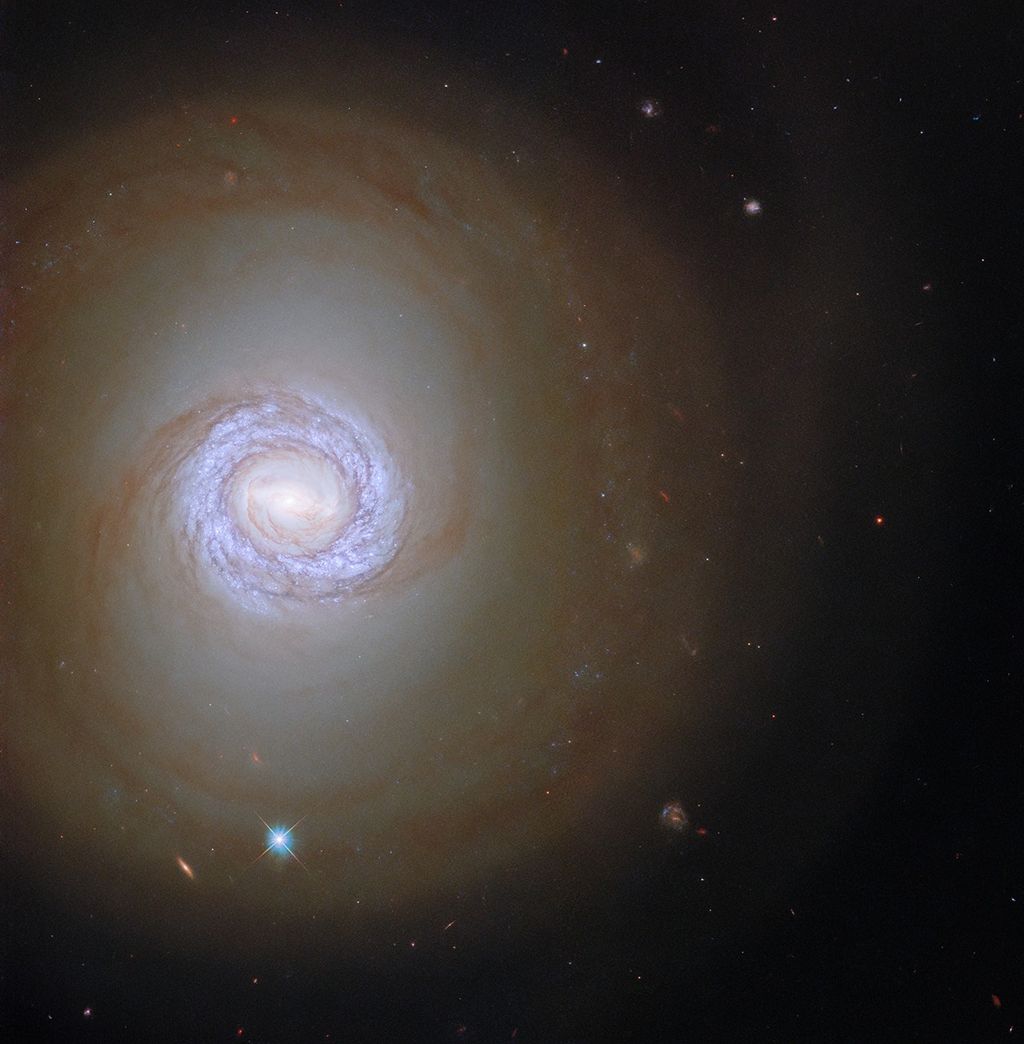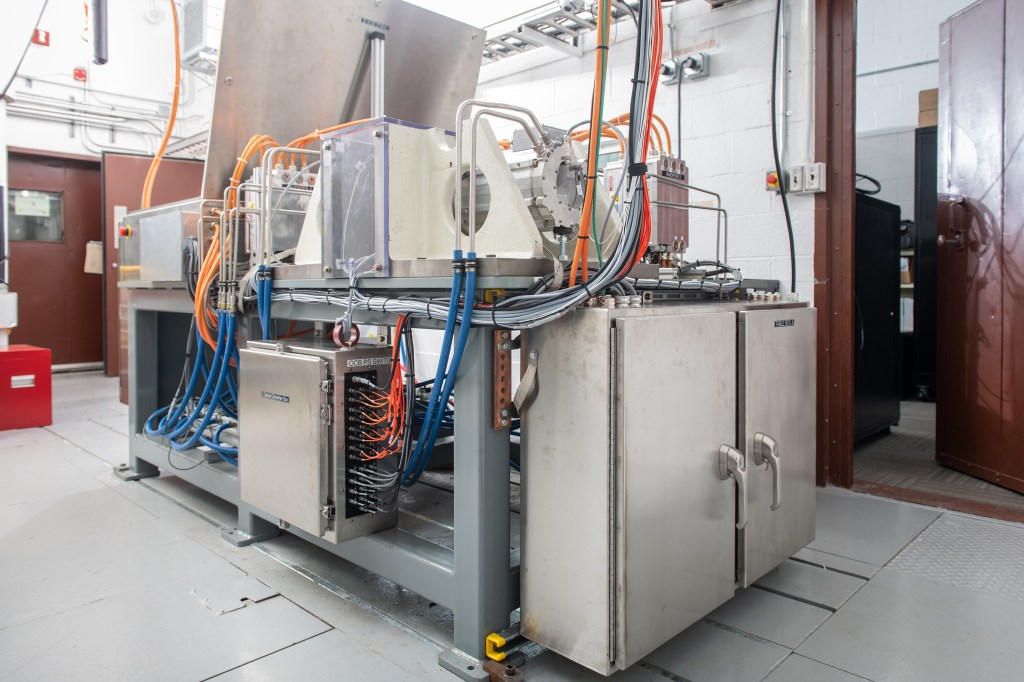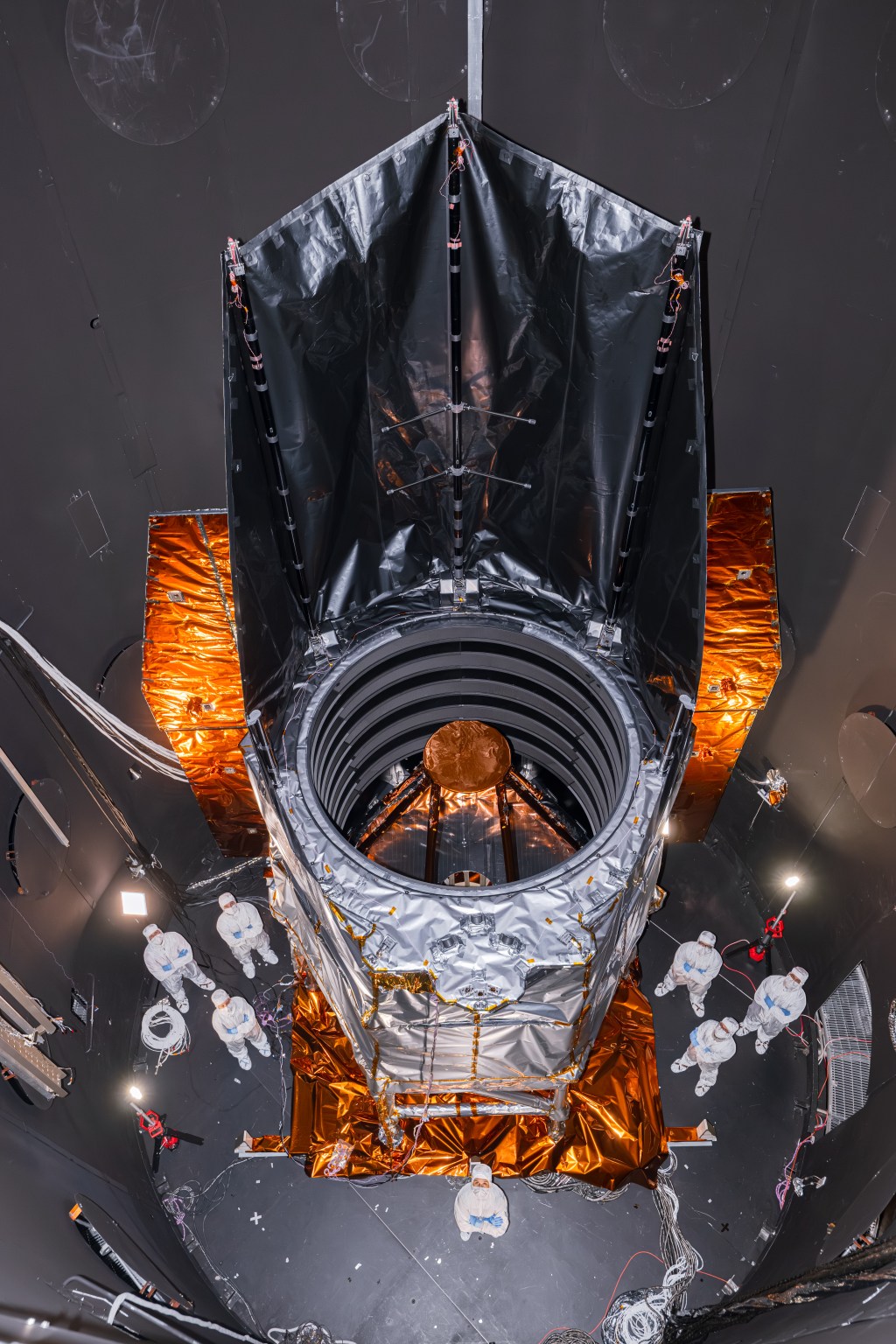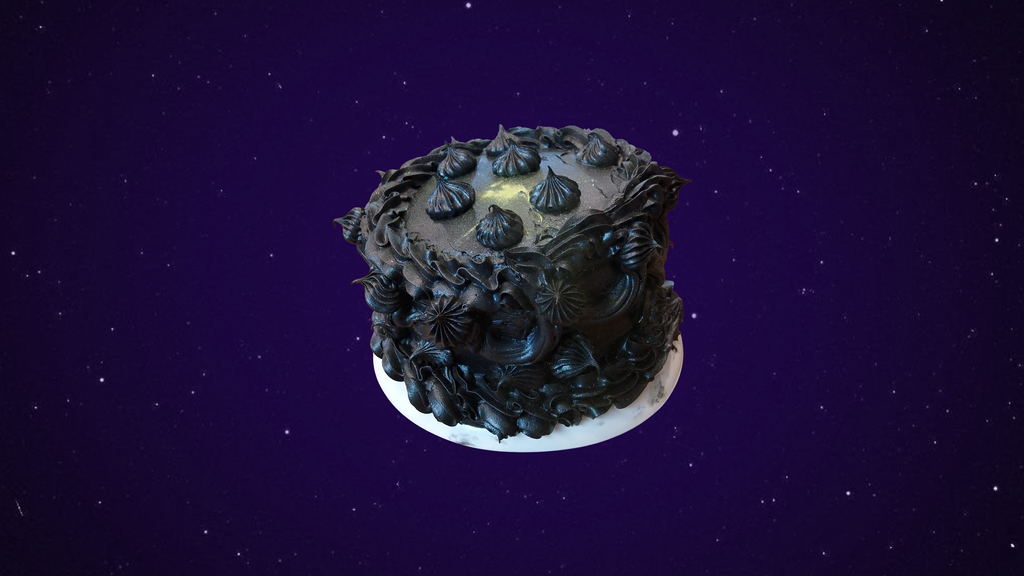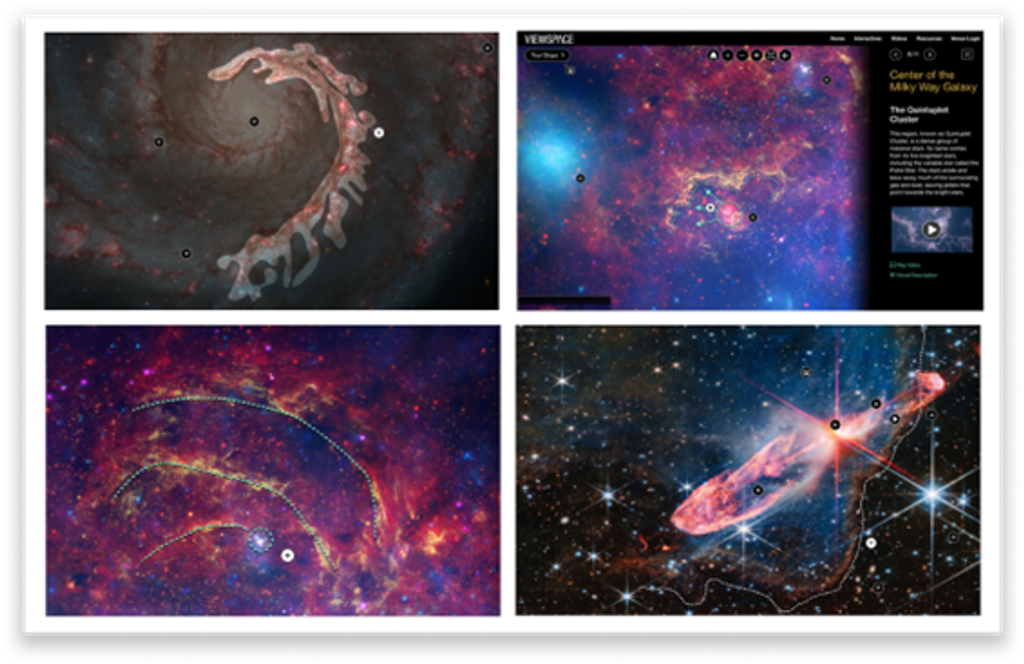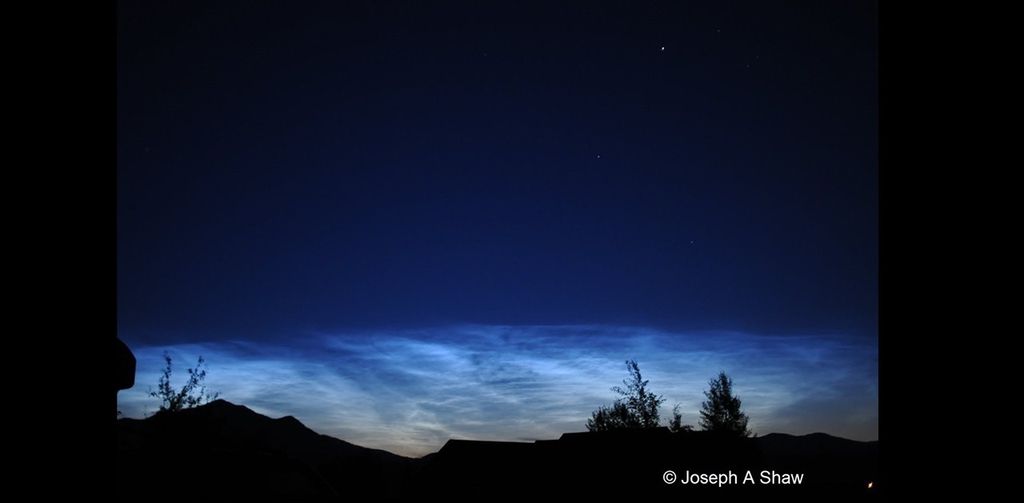1 min read
Mosaic of Carina Nebula Region

About the Object
- R.A. PositionR.A. PositionRight ascension – analogous to longitude – is one component of an object's position.10h 44m 58.33s
- Dec. PositionDec. PositionDeclination – analogous to latitude – is one component of an object's position.-59° 35' 56.05"
- ConstellationConstellationOne of 88 recognized regions of the celestial sphere in which the object appears.Carina
- DistanceDistanceThe physical distance from Earth to the astronomical object. Distances within our solar system are usually measured in Astronomical Units (AU). Distances between stars are usually measured in light-years. Interstellar distances can also be measured in parsecs.Approximately 8,000 light-years (2,500 parsecs)
About the Data
- Data DescriptionData DescriptionProposal: A description of the observations, their scientific justification, and the links to the data available in the science archive.
Science Team: The astronomers who planned the observations and analyzed the data. "PI" refers to the Principal Investigator.This image was created from HST data from the pure parallel program HST 9318: S. Casertano (STScI) and J. Frogel (OSU). - InstrumentInstrumentThe science instrument used to produce the data.HST>WFPC2
- Exposure DatesExposure DatesThe date(s) that the telescope made its observations and the total exposure time.July 4 - 5, 2002, Exposure Time: 1.6 hours
- FiltersFiltersThe camera filters that were used in the science observations.F450W (B), F606W (V), and F814W (I)
- Object NameObject NameA name or catalog number that astronomers use to identify an astronomical object.Carina Nebula,NGC 3372
- Object DescriptionObject DescriptionThe type of astronomical object.Bright Neubla in the Milky Way Galaxy
- Release DateNovember 6, 2003
- Science ReleaseHubble Photographs Turbulent Neighborhood Near Eruptive Star
- Credit
Related Images & Videos

Stellar Winds and Radiation From Eruptive Star Eta Carinae Sculpt Gas and Dust
A small portion of the rough-and-tumble neighborhood of swirling dust and gas near one of the most massive and eruptive stars in our galaxy is seen in this NASA Hubble Space Telescope image. This close-up view shows only a three light-year-wide portion of the entire Carina...

Ground-Based Image of Carina Nebula (NGC 3372)
This image shows the Carina Nebula (NGC 3372), combining the light from 3 different filters tracing emission from oxygen (blue), hydrogen (green), and sulfur (red). The color is also representative of the temperature in the ionized gas: blue is relatively hot and red is cooler....
Share
Details
Last Updated
Mar 28, 2025
Contact
Media
Claire Andreoli
NASA’s Goddard Space Flight Center
Greenbelt, Maryland
claire.andreoli@nasa.gov

